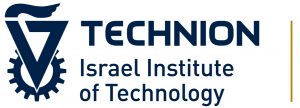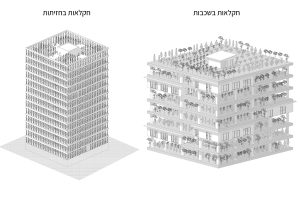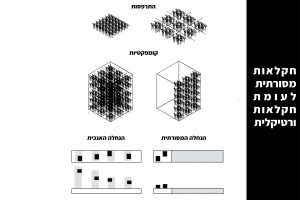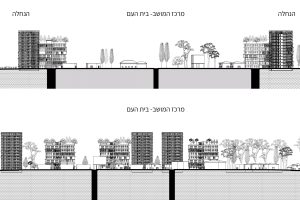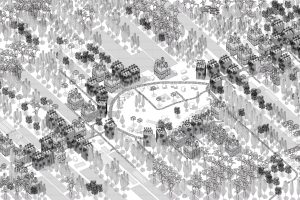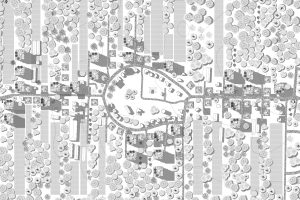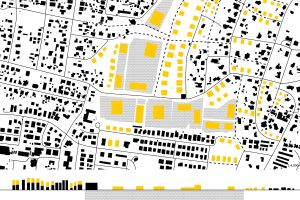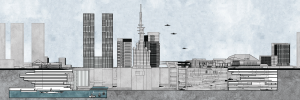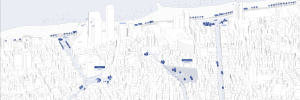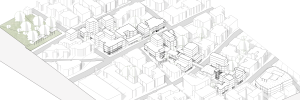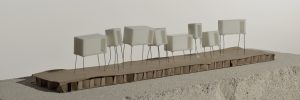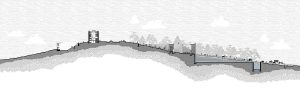Rural Revival
The project examines the transformation of Israeli moshavim (workers’ settlements) and highlights the need to update the spatial concepts that guided their establishment, in response to the population growth and resulting spatial densification. These workers’ settlements, once productive agricultural and communal spaces, have undergone economic and social changes in the years when the scope of agricultural activity significantly declined. These changes have also resulted in shifts in their population’s composition. Today, these settlements are characterized by expansive land plots that most often do not serve agricultural uses. This creates a genuine need for the renewal of the workers’ settlements and improved land management. The project proposes an updated vision for the workers’ settlements in Israel, by creating a sustainable environment that combines the modern population’s needs with the preservation of their agricultural and community heritage.
I have chosen to focus on the workers’ settlements in Emek Hefer (Hefer Valley) and Netanya, presenting solutions that can also be realized in similar spaces nationwide, where such settlements border the city or are located in its proximity. These areas can be utilized to connect the workers’ settlements to the city by allocating them for municipal land-intensive public functions such as schools, kindergartens and other public buildings. This would help reduce the pressure on the existing urban infrastructures, and enhance the quality of life of the residents in the area shared by the city and the settlement.
In workers’ settlements not directly bordering urban areas, I proposes updating and strengthening their agricultural identity through the adoption of vertical farming methods. This part of the project focuses on the workers’ settlement Beit Halevi as a test case, due to its location – detached from the city, and its spatial layout of a traditional agricultural settlement. Vertical agriculture enables more efficient land use by growing upward rather than outward, thus reducing the spatial footprint of the agricultural areas and the settlement as a whole. The freed agricultural lands will be repurposed for public use as nature sites and environmental conservation areas. By implementing new technologies and advanced means, sustainable agricultural systems can be created; these will contribute not only to the local economy, but also to the quality of life and climate.
